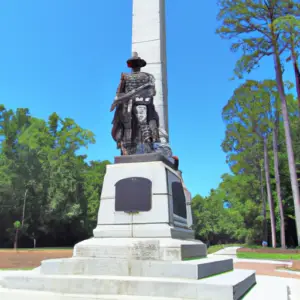10 Best Famous Monument in Columbus | Historical Building in Columbus

- By
- Aparna Patel
- |
- 12 May, 2023
- |
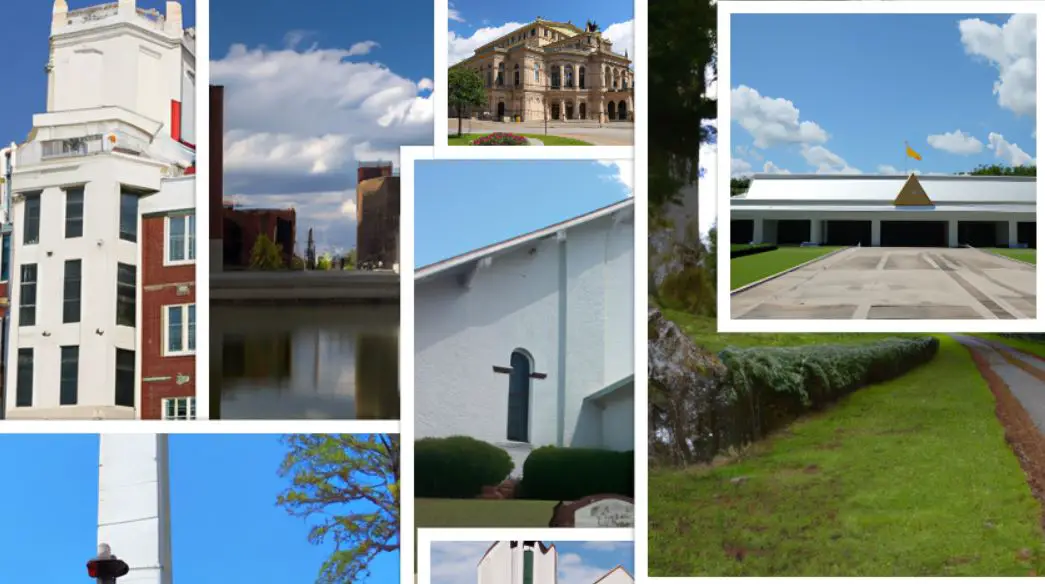
Welcome to Columbus, Ohio! This city is rich with history and has many famous monuments, historical buildings, and landmarks. In this post, we will be highlighting some of the best famous monuments and historical buildings in Columbus that you have to see.
We will take a look at their rich history, and explore what makes them unique and special landmarks in this great city. So let’s begin our exploration and dive into the history of some of the most beloved monuments and historical buildings in Columbus.
10 Best Monuments in Columbus ,GA To Visit
1. New Bethel A.M.E. Church
New Bethel A.M.E. Church is a historic African Methodist Episcopal (AME) church in Columbus, Georgia. It was founded in 1865 by Reverend John W. Allen, who served as its first pastor. The church is a member of the Second Episcopal District of the Sunday School Union and of the Colored Methodist Episcopal Church of America, now the African Methodist Episcopal Church.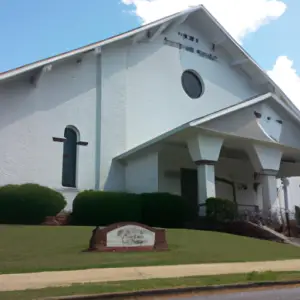
The church building was built in 1902 and is located in the Dinglewood Historic District in the city of Columbus. The structure is classified as Neo-Classical in style and is listed on the National Register of Historic Places (NRHP). Its setting includes a cemetery, parsonage, and educational building. The church provides a wide array of services and activities to its members, includes Sunday school, Bible study, advocacy and service to the community, as well as preserving its history.
New Bethel A.M.E. Church is open to all who wish to observe and participate in its services and programs. It has been instrumental in the effort to end racism and to promote social justice in Columbus and throughout Georgia.
2. Columbus Historic Riverfront Industrial District
The Columbus Historic Riverfront Industrial District is a 33-acre industrial district located in Columbus, Georgia, adjacent to the Chattahoochee River. The district contains several historically significant commercial and industrial buildings which are listed in the National Register of Historic Places. The most prominent building in the district is the 1885 brick façade of the former Columbus Iron Works. This is one of the oldest structures in Columbus, and it marks the beginning of the city’s industrial era and its 6-decade-long role as a major producer of textiles, lumber, agricultural equipment and other commodities.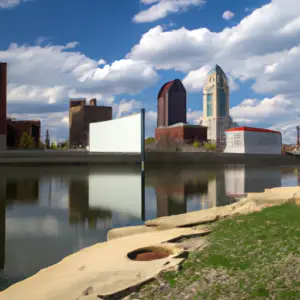
The district includes a variety of historic commercial and industrial structures, of which many have been adapted and reused for modern purposes. These include Roquemore & Brewer Warehouse (circa 1890s), Elberton Cotton Gin, Paepcke Foundry & Machine Shop, W.G. Williams Warehouse, and L.C. Hardaway Wholesale Grocery, among others. The historic buildings are all located along First Avenue, which is the main roadway of the district, and they tell the story of the city’s once vibrant industrial past.
In recent years, the Riverfront Industrial District has become a focal point for revitalization efforts in Columbus. The district is a popular destination for local residents and tourists alike, featuring a mix of retail, dining, entertainment, and office space that makes it a sought-after area. The district was recently awarded the prestigious National Trust for Historic Preservation’s 2013 Great American Main Street Award, recognizing its efforts to revitalize the area’s historic industrial structures.
3. First Presbyterian Church
First Presbyterian Church in Columbus, GA is an historic church built in 1841. It is an active and thriving church in the heart of downtown Columbus, serving the community for over 175 years. The church has a rich and powerful history of faith, service and outreach. Today, First Presbyterian Church continues to inspire and minister to its congregation and the community, with programs that promote the spiritual growth of its members, and those who are seeking to deepen their relationship with God.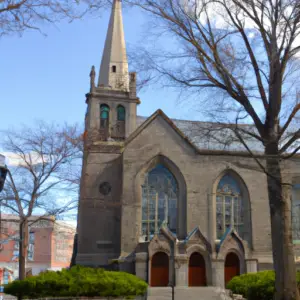
The church offers a variety of worship services, including traditional and contemporary services, Sunday School classes, and many activities and events for all ages. The church also offers several ministries, such as spiritual care, youth, missions, and more. Along with serving its members, First Presbyterian Church participates in charity work, service projects, and outreach programs throughout the Columbus area.
4. Springer Opera House
The Springer Opera House in Columbus, GA is a historic theater and founder of the Coca-Cola Opera Company. The castle-like theatre opened in 1871 and was the first professional theater in Georgia outside of Atlanta. With its gothic revival style and castle-like features, the Springer Opera House is one of the most unique architectural attractions in the South.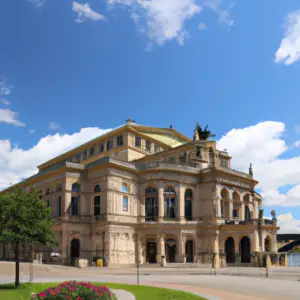
The Springer is home to a 732 seat theater, restaurant, ballroom and several other event spaces. The theater plays host to numerous plays, musicals and other events throughout the year and is a popular spot for live entertainment. In addition to plays, lectures, concerts and ballets, the Springer also hosts a variety of special events and educational programming. There is also a museum located on the property which displays props and costumes from previous plays.
The Springer Opera House is also home to the Coca-Cola Opera Company, a local professional theater troupe. The Coca-Cola Opera Company produces a variety of classic and new musicals and plays throughout the year.
The Springer Opera House is listed on the National Register of Historic Places and continues to offer quality entertainment in Columbus, GA and the surrounding areas.
5. The Historic Shurling Drive
Shurling Drive is a historic street located in the city of Columbus, Georgia. It was named for John Shurling, who was a prominent local attorney, banker and philanthropist. The original roadway, named Shurling Drive, runs from Georgia State Route 1 (Veterans Parkway) to Midtown, Columbus. The city officially dedicated Shurling Drive as a historic street in 1978.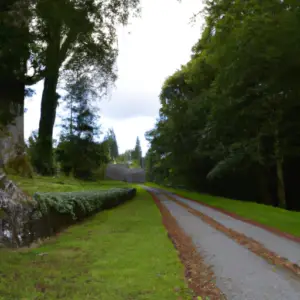
Shurling Drive is home to some of the city’s most historic buildings. These include the Springer Opera House, the former Coca-Cola Bottling Works and the Central City Park. It is also home to a number of churches, including the First Presbyterian Church of Columbus and the Congregational Christian Church.
The street also features a number of monuments that are of historical and architectural importance, such as the Shurling Drive Civil War Monument and the John Shurling Memorial Monument. Additionally, the street features a Civil War Monument dedicated to the soldiers who fought in the Civil War.
Finally, the street features a number of unique shops, including the Shurling Drive History Plaza and the Artisans Marketplace. It also features a variety of restaurants and cafes, making it a popular destination for locals and visitors alike.
6. Columbus College
Columbus State University (CSU) is a public university in Columbus, Georgia. It is part of the University System of Georgia and provides over 160 majors and concentrations.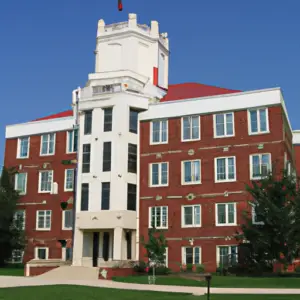
As the second-largest university in Georgia, CSU serves around 9,000 students every year. Established in 1958, it is the only public university in the Columbus metropolitan area. CSU’s main campus is at the heart of the city and its satellite center, the Coca-Cola Space Science Center, is located in Uptown Columbus.
7. St. Paul AME Church
St. Paul African Methodist Episcopal (AME) Church is located in Columbus, Georgia. Founded in 1800, St. Paul is one of the oldest AME churches in the state. The church has a vibrant membership of more than 2000 members.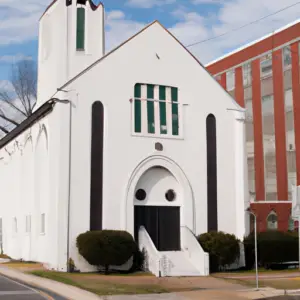
The church offers many services and activities to its members, including Bible study classes and Bible study groups for all ages, hands-on learning experiences for children, opportunities for seniors to stay connected and engaged, support for families through Widowers Support Groups and Women’s Ministry and a variety of educational, spiritual and recreational programs. Throughout the year, St. Paul hosts community outreach events such as food, clothing and school supply drives. The church also provides a safe, uplifting environment for members of the local community.
St. Paul AME is a member of the African Methodist Episcopal Church and strives to serve the community in all facets of life. From weekly worship, educational and community building programs, the church seeks to build and strengthen relationships within the community and equip members with the tools to lead successful lives.
Read more
8. Chattahoochee Riverwalk
The Chattahoochee Riverwalk is a scenic walking and biking path in Columbus, Georgia. The Riverwalk follows along the banks of the Chattahoochee River for over 15 miles, providing stunning views of the river and city skyline. The path begins at Whitewater Express near the Uptown area, and runs south along the river, past the Columbus State University Campus and the Coca-Cola Space Science Center.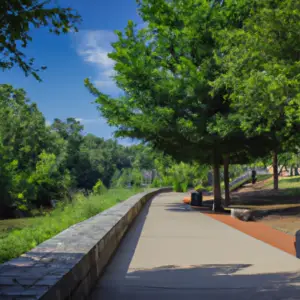
The Riverwalk is a great way to get outdoors and take in the sights of the beautiful city. Amenities along the path include bike racks, benches, picnic tables, grills and restrooms. There are also multiple playgrounds, boat launches, fishing areas, and educational signage to explain the Chattahoochee River’s natural and cultural history. With so much to do and see, the Chattahoochee Riverwalk is a great way to explore Columbus, Georgia.
9. The National Infantry Museum
The National Infantry Museum is the only museum in the United States dedicated to preserving and telling the story of the United States Army Infantryman. It is located in Columbus, Georgia, and is operated by the National Infantry Foundation. The museum features interactive exhibits, memorabilia, and artifacts that tell the story of the Infantry’s role in defending and protecting the country.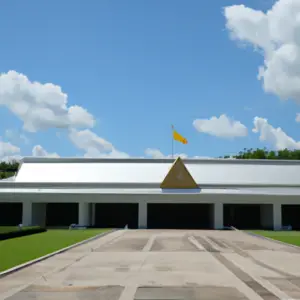
The museum also offers educational programs, public lectures, interactive activities, and special events for both adults and children. It is host to a variety of historical reenactments, military demonstrations, and special events. The National Infantry Museum also houses the National Infantry Museum and Soldier Center, where visitors can learn more about the history and service of the Army Infantry and the men and women who’ve served.
10. Muscogee County Confederate Monument
The Muscogee County Confederate Monument is located in the Confederate Cemetery in Columbus, Georgia. It was erected by the United Daughters of the Confederacy in 1900 to honor the Confederate soldiers who served in the Confederate Army during the Civil War.
The monument is a granite obelisk standing approximately 25 feet tall and is inscribed with the names of the Muscogee County soldiers who died in battle or of disease during the war.
There are also several memorial stones on the obelisk that list battles in which the county’s soldiers fought. The monument serves as a reminder of the sacrifices made by the men of Muscogee County in the Civil War and is a source of local pride and heritage.
Search Posts
Latest posts
-
5 Mar, 2024
Why prohibit engine braking?
Popular posts
-
5 Mar, 2024
Why prohibit engine braking?
-
5 Mar, 2024
How to avoid drinking vodka?
